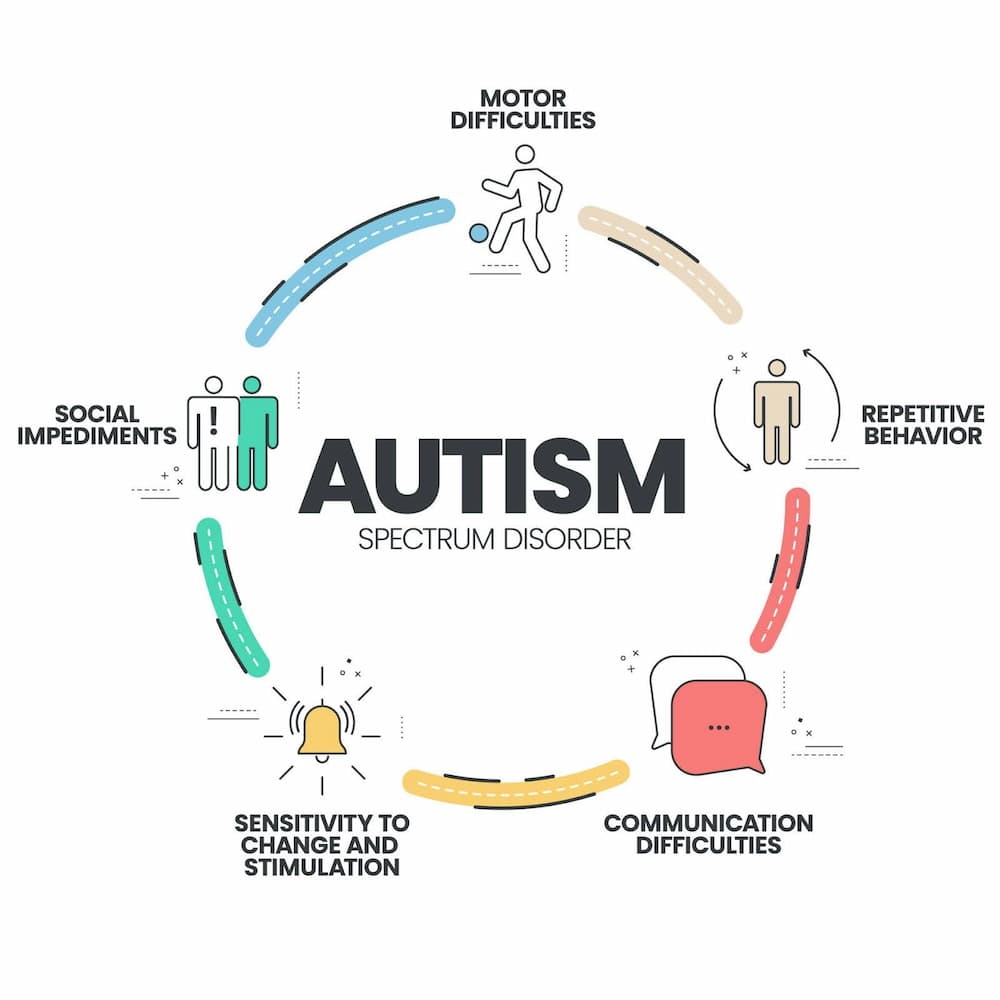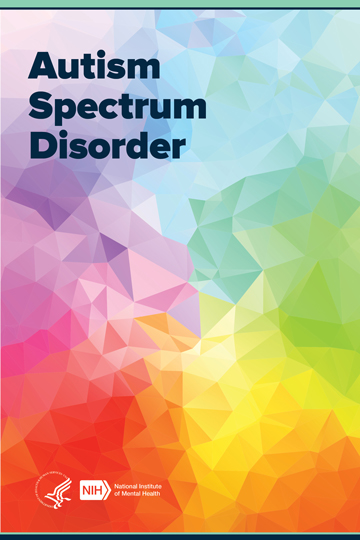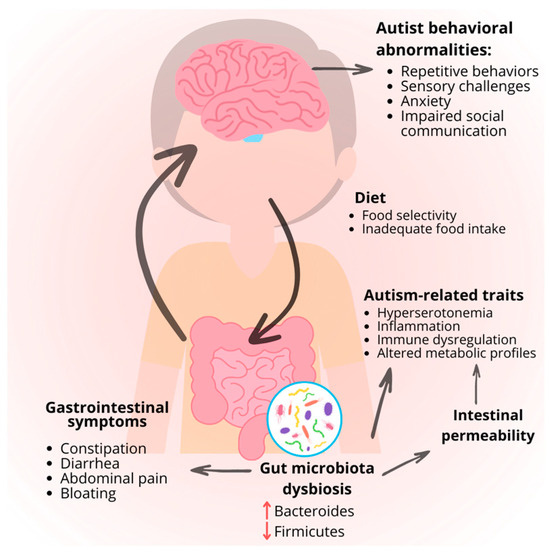How to design sensory-friendly spaces with advice from an Autism Therapist
Understanding the Effect of Behavioral Autism on Every Day Life and Social Communications
You could not realize exactly how deeply behavior autism impacts daily life and social communications. People on the range often browse a globe filled up with interaction hurdles and sensory overload. These obstacles can lead to irritation and seclusion, influencing their connections and total health.
Defining Behavior Autism and Its Qualities
Behavior autism, frequently referred to as autism range problem (ASD), encompasses a series of conditions characterized by obstacles in social interaction, interaction, and repetitive habits. You could observe that people with ASD usually struggle to translate social signs, which can lead to misconceptions in discussions. They might find it tough to develop eye contact or involve in little talk, making social scenarios really feel frustrating.
Communication difficulties can show up in various ways, from delayed speech growth to a preference for using fewer words. Repetitive actions, such as hand-flapping or rocking, can function as coping devices to manage stress or sensory overload. These features can profoundly impact every day life, making it vital for you to understand and sustain those with ASD. By identifying these qualities, you can cultivate an environment that promotes approval and motivates effective interaction, helping people with autism prosper in their everyday interactions.
The Range of Autism: Understanding Irregularity in Habits
Autism range disorder (ASD) isn't a one-size-fits-all diagnosis; it differs widely amongst people. You may come across people who are extremely verbal and engage conveniently in conversations, while others might favor singular activities or communicate non-verbally.
Additionally, the way individuals with ASD reply to sensory input can differ considerably; some could be overwhelmed by loud sounds or bright lights, whereas others flourish in stimulating settings. The range likewise includes differences in social communications; some individuals may struggle to translate social hints, while others navigate social setups with family member convenience. Recognizing this variability is essential, as it aids you appreciate each person's one-of-a-kind experience and tailor assistance to their particular needs, fostering a more inclusive setting for every person.
Interaction Difficulties Faced by Individuals With Autism
When you engage with individuals on the autism spectrum, you may notice their one-of-a-kind communication challenges. They typically encounter problems with both spoken and nonverbal cues, which can affect their social communications. Understanding these barriers is necessary for cultivating much better links and assistance.

Verbal Communication Troubles
Lots of individuals on the autism spectrum experience verbal communication difficulties that can significantly influence their day-to-day communications. You might find it challenging to reveal your ideas, feelings, or needs clearly. This can cause disappointment for both you and those around you, as misconceptions occur. You may battle with launching discussions, keeping a subject, or understanding nuances in speech. Commonly, you could favor using basic language or repeated phrases, which can restrict your capability to engage in deeper discussions. Your rate, quantity, or tone could not straighten with social expectations, triggering others to misinterpret your intentions. Acknowledging these challenges can assist you and your assistance network develop techniques to improve interaction and cultivate better links with others in your day-to-day live.
Nonverbal Interaction Barriers
Spoken interaction isn't the only difficulty people on the autism range face; nonverbal interaction obstacles can be just as substantial. These difficulties can lead to misconceptions or misconceptions of social hints, making communications feel confusing or frustrating. By attending to nonverbal interaction, you can locate strategies to improve your social experiences and improve your total top quality of life.
Social Interaction Effects
Social communications can frequently feel overwhelming because of the unique communication obstacles dealt with by people with autism. You could fight with interpreting social signs, making it tough to recognize sarcasm or body language. This can result in misconceptions or uncomfortable minutes in discussions. In addition, launching and preserving conversations may really feel difficult, triggering anxiety in social go to this web-site scenarios. You might favor structured environments, making spontaneous communications uncomfortable. It's also common to experience difficulty in taking part in small talk, which can prevent forming brand-new relationships. Acknowledging these challenges can aid you locate techniques to boost interaction, such as practicing social skills in secure setups or utilizing aesthetic aids - Aba Therapist. Understanding your demands permits you to navigate social communications with higher confidence and convenience.
Social Interaction and Partnership Building in Autism
While structure partnerships can be challenging for people with autism, comprehending their special viewpoints and communication designs can foster purposeful connections. You may see that numerous individuals on the spectrum like direct interaction and might deal with social cues or tiny talk. By being simple in your interactions, you can help produce an environment where they feel comfortable.
Involving in shared interests can likewise offer as a bridge to much deeper links. Whether it's a pastime, a preferred program, or a common enthusiasm, these common threads can open doors to friendship.
Day-to-day Live Routine: Browsing Obstacles and Techniques
Maneuvering daily life routines can be particularly testing for individuals with autism, particularly when unforeseen adjustments take place. To navigate these obstacles, take into consideration applying visual timetables or lists.
Developing a regimen that includes sensory breaks can additionally be valuable. You can prepare time-outs throughout your day to reenergize. It's essential to connect with those around you, allowing them understand your choices and demands. This aids create an understanding setting.
Lastly, practice mindfulness strategies to take care of tension and anxiety. Easy breathing workouts or basing methods can make a substantial difference. By incorporating these strategies, you can enhance your everyday routine and lessen interruptions, making life feel much more convenient.
Strengths and Capabilities of Individuals on the Autism Range
Understanding daily life routines is simply one facet of the autism experience. Many individuals on the autism range possess amazing strengths and capacities that set them apart.
Furthermore, your memory skills commonly shine, specifically in locations of interest. Autism Behavioral Therapy. This knack for preserving info can make you a valuable source in fields like art, science, or technology. You may additionally exhibit solid visual reasoning, enabling you to imagine complicated principles and address issues creatively
Additionally, your unique viewpoint on the globe can foster compassion and understanding in others, improving social interactions. Embracing these toughness not only improves your confidence but additionally helps others appreciate the diverse talents you bring to the table.
Creating Inclusive Settings for Individuals With Autism
Creating comprehensive environments for people with autism begins with making sensory-friendly spaces that accommodate their special needs. You can additionally foster opportunities for social communication, assisting to develop connections and relationships. By making these adjustments, you'll add to an extra welcoming ambience for everybody.
Creating Sensory-Friendly Spaces
While developing sensory-friendly areas, it's crucial to show on the special requirements of people with autism. Include quiet zones where individuals can reenergize and pull back when bewildered. Include visual routines or clear signs to aid people browse the area confidently.
Promoting Social Communication Opportunities
Creating sensory-friendly spaces not just addresses individual convenience but also sets the phase for meaningful social interactions among people with autism. To advertise these communications, develop inclusive environments that welcome participation. Arrange structured activities, like art classes or team games, that motivate collaboration without frustrating sensory input. Usage visual help and clear interaction to aid everybody engage conveniently. Urge peer mentoring, combining people with autism with helpful peers who can direct them through social situations. Furthermore, think about hosting regular area events that celebrate neurodiversity, cultivating approval and understanding among all individuals. By applying these techniques, you can improve social opportunities, assisting individuals with autism build relationships and strengthen their social skills in a secure, welcoming atmosphere.

Regularly Asked Questions
How Can Friends Assistance Somebody With Behavioral Autism?
You can sustain a close friend with behavioral autism by being individual, paying attention actively, and Home Page respecting their limits. Involve in activities they take pleasure in, interact honestly, and develop a comfy setting where they really feel valued and understood.
What Resources Are Available for Parents of Kid With Autism?
You can check out different sources for moms and dads of kids with autism, consisting of support system, academic web sites, and regional social work. Attaching with various other parents can likewise give beneficial understandings and shared experiences to aid browse obstacles.
Can Behavioral Autism Modification In Time?

Yes, behavior autism can transform over time. You could observe shifts in communication, social abilities, and behavior as your youngster grows. read Early treatment and assistance commonly play important duties in these developmental adjustments.
How Do Sensory Level Of Sensitivities Influence Daily Life?
Sensory sensitivities can make daily experiences overwhelming. You could fight with brilliant lights or loud sounds, causing anxiety or avoidance. Locating atmospheres that accommodate your needs can substantially boost your convenience and overall day-to-day live.
What Prevail Misconceptions Regarding Behavioral Autism?
You may think behavior autism only impacts communication abilities, however it's even more complex. Several presume individuals lack empathy or intelligence, which isn't real. Understanding these false impressions aids foster acceptance and support for those on the spectrum.
Behavioral autism, commonly referred to as autism range problem (ASD), includes an array of conditions defined by obstacles in social communication, interaction, and repetitive habits.Social communications can frequently feel frustrating due to the special communication obstacles faced by people with autism.Designing sensory-friendly spaces not just addresses specific convenience but likewise establishes the stage for significant social interactions among individuals with autism. Encourage peer mentoring, coupling individuals with autism with helpful peers who can direct them through social circumstances. By applying these approaches, you can enhance social opportunities, helping individuals with autism build relationships and strengthen their social skills in a risk-free, welcoming setting.